6. The Act of Seeing With One’s Own Eyes (Stan Brakhage, 1971)
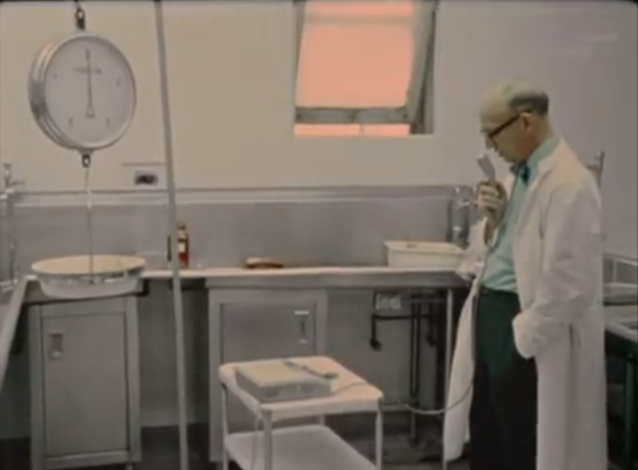
Stan Brakhage was one of the few filmmakers who simply had to have at least one spot on the list, an experimental filmmaker so crucial to the way that experimental cinema has grown, even blossomed, that it would’ve been genuinely offensive to skip over his work for this list. So, to choose one of his absolute best films, let’s talk about The Act Of Seeing With One’s Own Eyes, released in 1971 and running at 32 minutes.
Anyone who makes it through this entire film deserves a medal, as it is one of the hardest watches ever. The film is one of Brakhage’s most held back in terms of style, with only a few shots that intently watch a series of autopsies, so, if that doesn’t explain why this is so difficult to sit through, I don’t know what will.
If anything, it is the lack of Brakhage’s typical style that makes this even harsher, gone is the wild, vibrant style that makes Brakhage’s films so instantly recognisable, now replaced by this brutally motionless and emotionless style that simply observes these bodies, once living and breathing people, being cut apart, moved around lifelessly. It is almost too brutal for words, which makes it work perfectly with the other Brakhage choice on this list…
7. Window Water Baby Moving (Stan Brakhage, 1959)
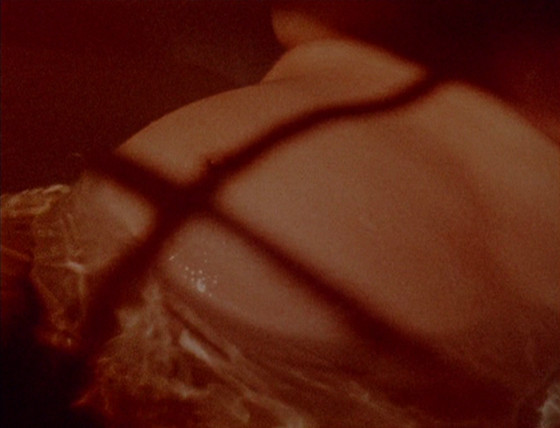
Another one of the few films on here running at under fifteen minutes length, Window Water Baby Moving is one of the most unique experiences you could ever hope for with a film, and it manages to do all of this within just twelve minutes. Brakhage’s second film on this list, this film is the polar opposite to The Act of Seeing With One’s Own Eyes in many ways, being a vibrant celebration of life and one of Brakhage’s most stylistically recognisable films.
This film, rather than focusing intently on the end of life, focuses on the start, detailing in… explicit detail, the birth of Brakhage’s daughter, Myrrena, with close-up shots of the faces, the cold outside, the birth, and some of Brakhage’s most frantic editing, and works as one of the weirdest home movies ever made, still managing to carry this amazing, baffling intimacy and emotional intensity despite the fact that you spend the majority of the film simply trying to understand what is going on.
It is Brakhage’s crowning achievement, one that manages to capture his style so beautifully, and it works as a perfect introduction to his work alongside his also very popular Mothlight and Stellar. Brakhage is one of the most influential filmmakers to ever pick up a camera, and it would be a sin to skip over his filmography. Make sure that you see some, as they are also available on many video platforms totally free of charge, and a lot of them are around three minutes long.
8. The Unchanging Sea (D.W. Griffith, 1910)
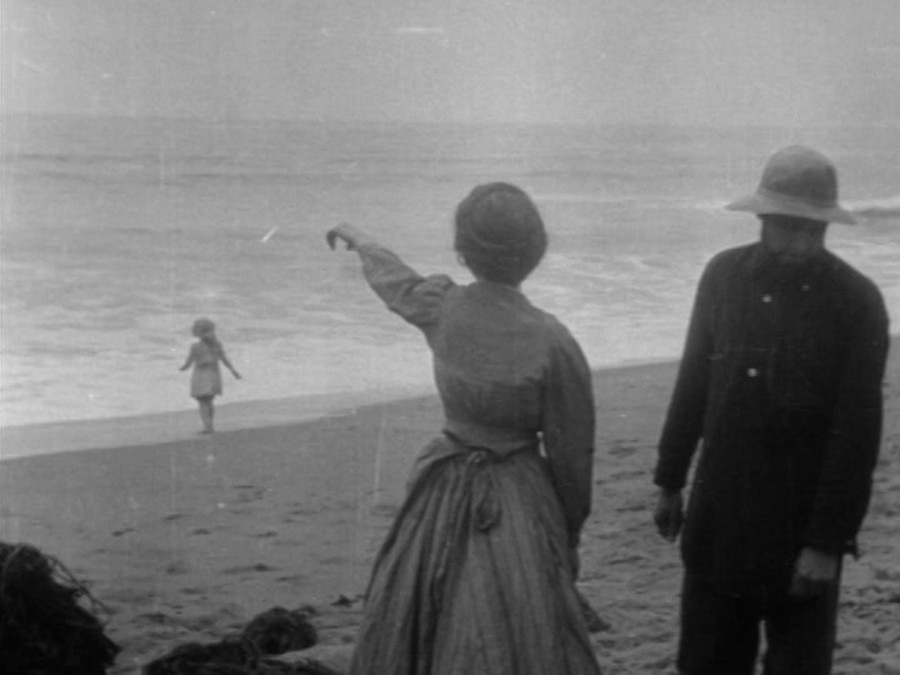
The only silent-era film on this list, sadly, is D.W. Griffith’s 1910 masterpiece titled The Unchanging Sea, a film that is fourteen minutes long, detailing the story of a young couple’s life torn apart when the husband is involved in an accident at sea, leading to the loss of his memory, eventually seeing the daughter of this couple reflecting on how everything was changed by the sea, despite the fact that the sea has never changed.
Sound somewhat familiar? That’s because it is. This extremely sad and yet surprisingly optimistic film is one that has influenced so many films, one being Lars Von Trier’s Breaking The Waves, which follows a similar story of a young couple torn apart when the man has an accident at sea and expands on it.
There is just no way to capture the power of this film in any way that even starts to resemble the gut-punch acquired from experiencing it, and despite this massively emotional experience, the film itself is quite simplistically told (maybe not at the time of release, but looking at it now, it is quite simplistic), which is just another testament to D.W Griffith’s ability to use the camera to tell emotional stories.
Love him or hate him, Griffith is an incredibly important, even essential, part of cinema, and The Unchanging Sea is without a doubt one of his most powerful and moving films, somehow capturing this relentless emotion in just fourteen minutes of your time. It is a film too strong for words. Simply an astounding work.
9. Light Is Waiting (Michael Robinson, 2007)
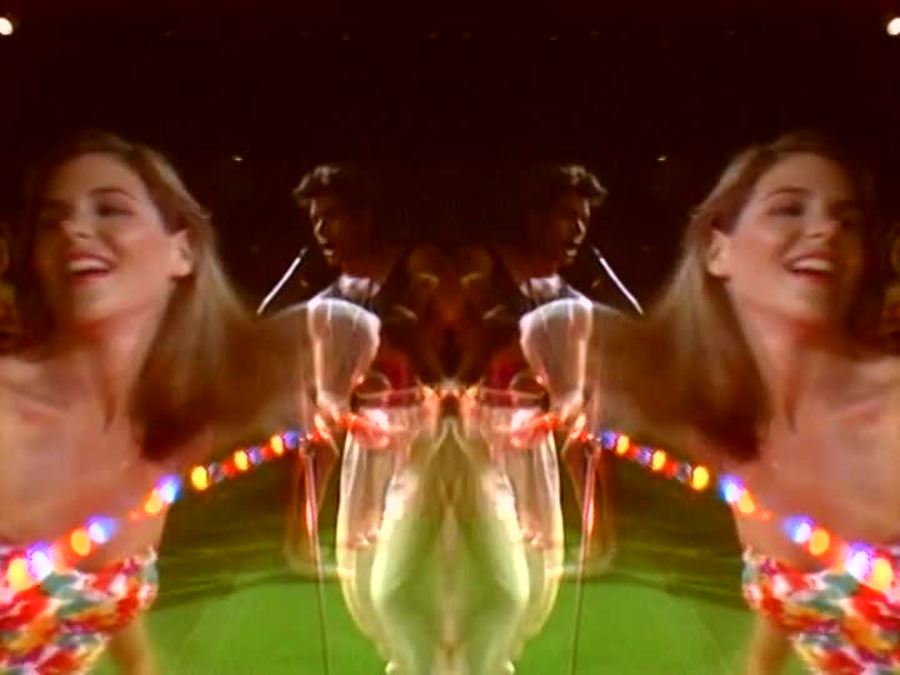
If you haven’t seen this film, please do go and see it before reading about this one, as this film is pretty impossible to describe without ruining what makes it such an impressive film. This film may seem a little random compared to the others on here, however, anyone who has seen it will know why it deserves a top spot here, and a lot of the power of this one comes from the surprise of what happens within it.
Starting off as an episode of Full House, anyone can be brought into a false sense of security right up until a TV is dropped and the film explodes into this insane, rambunctious, hypnotic masterpiece, that continues to grow crazier and crazier, every time making the audience think that they have finally reached the most insane moment before it dives even deeper into the psychedelic haziness that makes for one of the most unforgettable film experiences you could ever wish for, and Michael Robinson manages to do this to an audience consistently, always pushing the boundaries in these wonderfully unpredictable ways in all of his films, which are all worth watching, even if they may be difficult to find.
Robinson is quite possibly the most exciting director working mostly with short films out there today, and just knowing that he could still be working on films is an incredibly exciting thought.
Light is Waiting is his crowning masterpiece though, and a perfect introduction to his work, a film that manages to seduce the audience into a false sense of security so many times and rip them straight out of it each time.
It is absolutely top tier, in terms of short films and cinema as a whole, there are just so few film experiences that work this way. If anything, the brevity of the film adds to the impact, as something like this could easily become exhausting, but Robinson knows to control himself where necessary, and makes this run for the perfect amount of time at eleven minutes.
10. A Century Of Energy (Manoel de Oliveira, 2015)
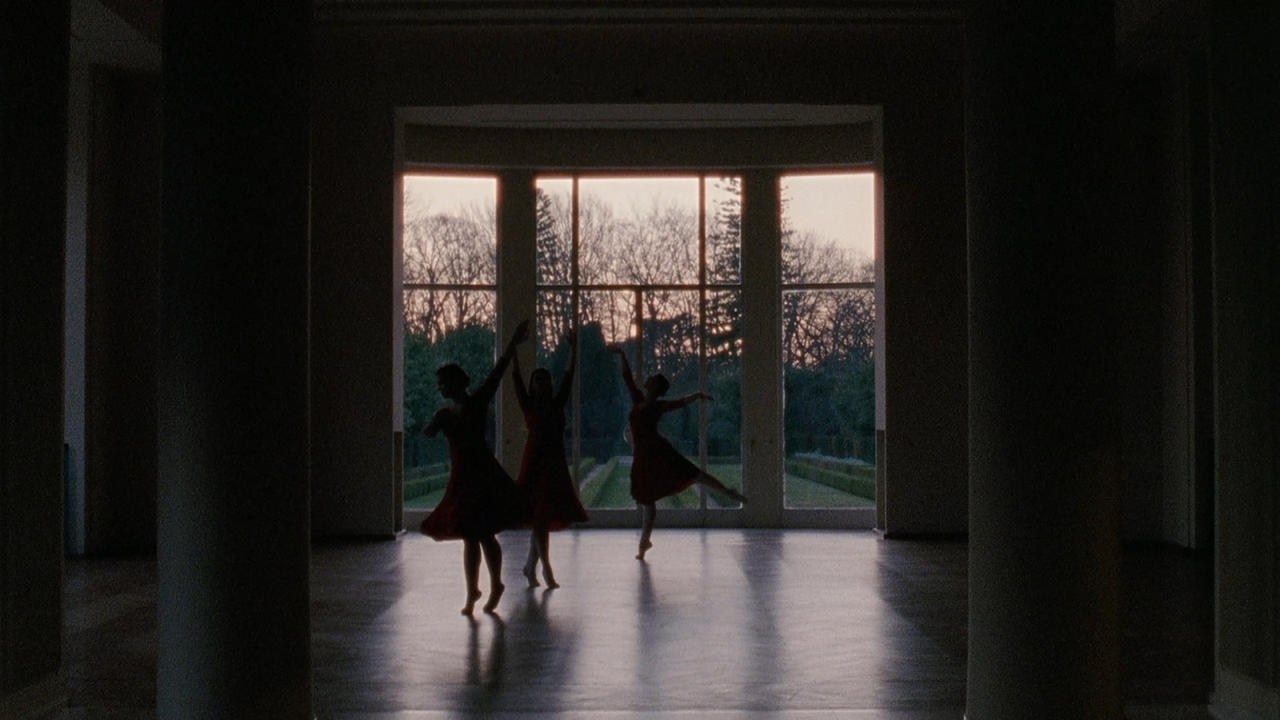
Quentin Tarantino once said that “Directing is a young man’s game”, and Manoel de Oliveira proves this statement false like no other could. Oliveira’s final film, made when he was 106 years old, is simultaneously the most beautiful swan song ever made and one of the most astounding films ever made.
The film seems simple enough, and sounds it, too, but when left to Oliveira to direct, A Century of Energy becomes a masterpiece, looking at the wild changes in society that Oliveira has witnessed in his 106 years of living, mainly at the industrialisation of Portugal over the last hundred years, with a beautifully optimistic feeling about the future, one that says that, if we continue to innovate as we have, things may just be okay for another century.
The use of the past to contextualise the future is mind-blowing, and the film is just shot so beautifully it is impossible to describe, particularly a series of shots of a group of dancers who dance in a dimly lit room, circling around.
It is a film that comes out of nowhere, starting off simply enough but leaving you by the end changed entirely, it is a film you can watch a hundred times over, a film you can learn from with every new viewing, It is just one of the most impressive films ever made, full stop, not just in terms of short form filmmaking, but in any form of filmmaking.
Oliveira manages to craft more emotion and more stimulation for an audience within a minuscule fifteen minutes, which makes this one of the single best films of all time, one of the best final films from a director, and maybe, just maybe, the greatest short film ever made. There are just so, so few films like it.